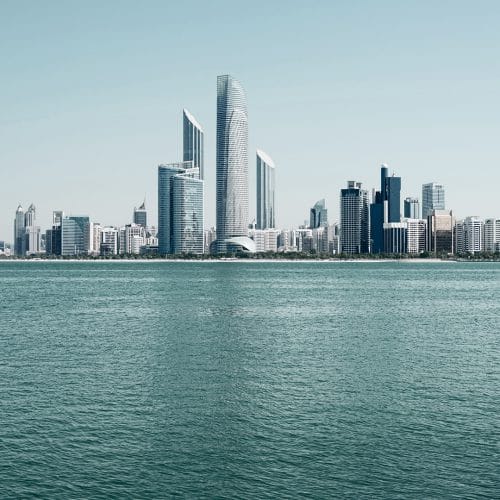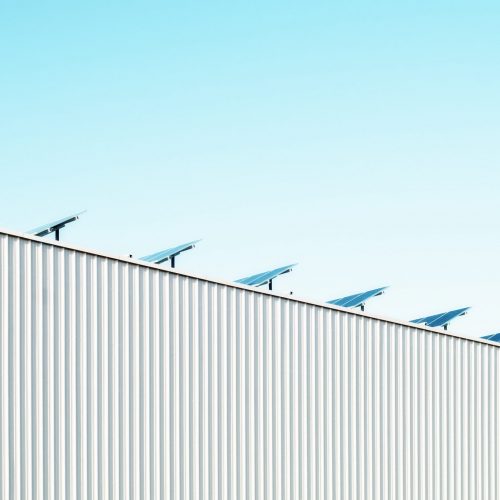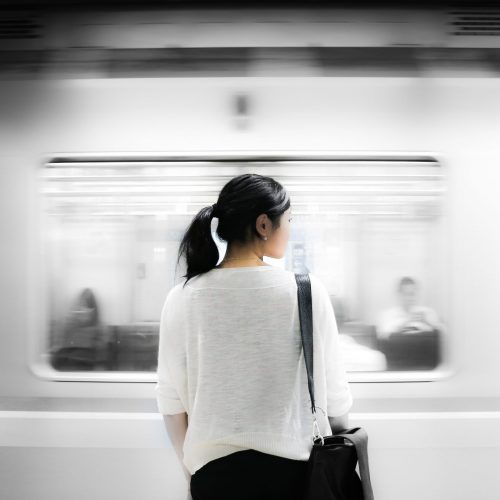The future of solar energy is bright
In the Middle East, where the sun shines for an average of 300 hours a month, and where the ever-increasing need for water – and therefore for cost-effective desalination initiatives – means that huge solar power projects are being built one after the other. To be exact, there are more than 12,000 megawatts (MW) of solar projects in operation, under construction, or awarded, throughout the region. Water desalination will continue to be a major market for solar energy – but quenching the thirst of the region is but one of the advantages of solar investment for the Middle East.
Sunny solutions to energy challenges have significantly decreased operational costs for power companies. DEWA, for example, proudly leads the region in solar power with the largest single-site photovoltaic (PV) installation in the world. Generating 700 MW of power, there are also plans in place to boost the production to 950 MW – and at the lowest cost (2.4 cents/kilo-watt) globally.
Regional governments are backing these initiatives, offering a growing commitment to the creation of remote solar farms and mass solar facilities to power cities from a distance. The more that solar energy is used, the more operational, labour, and technological costs drop, leaving financial room for innovative applications to be discovered through research and development.
Less than two percent of the world’s energy came from solar energy systems as of 2018.
Yet, less than two percent of the world’s energy came from solar energy systems as of 2018. Why is that?
Whilst individuals are increasingly aware of their environment, their carbon footprint and the effect that their actions have on the world around them, not enough is being done to empower residents and businesses to use sustainable energy therefore limiting mass adoption.
Globally private retrofit PV systems have become a the trend for houses and villa communities however in the Middle East, small-scale installations are only just starting to reach homes and businesses. One of the challenges for integrating PV in our buildings in cities such as Dubai or Doha is that designs are often small foot-print, high-rise and more often that not with intricate structures or facades which do not usually lend themselves well to PV solutions. These buildings simply do not have the space to apply panels and where they do, such as vertical façade, functionality is limited with the tech in the current marketplace. Not to mention the lack of interest for developers who wouldn’t directly benefit commercially from the costly integration of these solutions.
The potential for Building-Integrated PV (BIPV) is growing year on year. There are companies that are significantly invested in integrating solar into designs; exploring solarised roofs, facades, and windows, which can align to the look and feel of a design. Currently these design options convert the sun’s energy with much less efficiency than traditional roof applied PVs but still contribute to reducing our carbon footprint and helped to protect the aesthetics of a building –this can save a developer buying a clostly roof then cladding it with costly PV which improves the payback.
BIPV solutions, however, may not be ambitious enough for today’s technological evolution and certainly doesn’t answer the question that remains: how do we integrate panels onto structures that are already built?
The Middle East Solar Industry Association reports that regulations are slowly being altered to enable ground-breaking solar initiatives offering hope for truly integrative PV solutions for the built environment.
The new PV applications that we see emerging are still off-the-pace with regards to efficiency, cost, and durability – but they offer quite a drastic challenge to the status quo. The latest solar-cell technology could very well transform the solar power industry, as well as influence the way that city planners approach projects.
Just imagine if solar cells could be sprayed onto a beautifully curved or domed roof?
round 80-90% of solar cells in today’s market are made from silicon-based materials and although these are currently the most trusted technologies, they still only typically range from 8% to around 30% efficiency. Silicon is indeed one of the most abundant natural materials on Earth and therefore it has experienced the most investment in research and development to date, however, this isn’t to say it is the best material for the job.
Take Perovskite PV cells, for example, they can be painted or sprayed on a surface from an ink solution, or printed like a newspaper. This unique feature means they can be attached to virtually anything.The technology is touted to have been tested in a solar cell achieving over 22% efficiency, making it more adaptable than silicon and almost as effective.
It may be a while, until we see Perovskite, as commonly used as silicon on our buildings – largely due to the need for further research and development. However, hope is not lost, the developers that we work with will still prioritise the look and feel of their building. Combining aesthetic aspiation with falling installation costs of PV systems as the technology improves presents great possibilities for the industry.
What is the future of solar?
If PV ink can be painted onto a surface to generate solar energy, what does this mean for the future of…everything?
What would stop us from combining a solar-cell solution with car paint to give a solar-powered edge to our moving vehicles? Our roads and highways could be sealed with a solar-cell finishing, and our high-rise buildings could contribute to lowering our carbon footprint with spray-on technology that has little to no impact to the aesthetic or functionality of building materials.
Try to picture any surface facing the sun – now consider the potential for this technology to capture energy? This would be an unprecedented leap for the industry, allowing engineering to maintain architectural design-intent whilst harnessing sustainable power, offering greater value and commercial return on developments and integrating the kind of future-thinking that only ever seemed possible in The Jetsons.
Yes, that’s right – Dubai’s skyline by design might one day be able to power itself, facilitating a solar-powered future that isn’t just bright– it’s tall, sleek, and possible.


